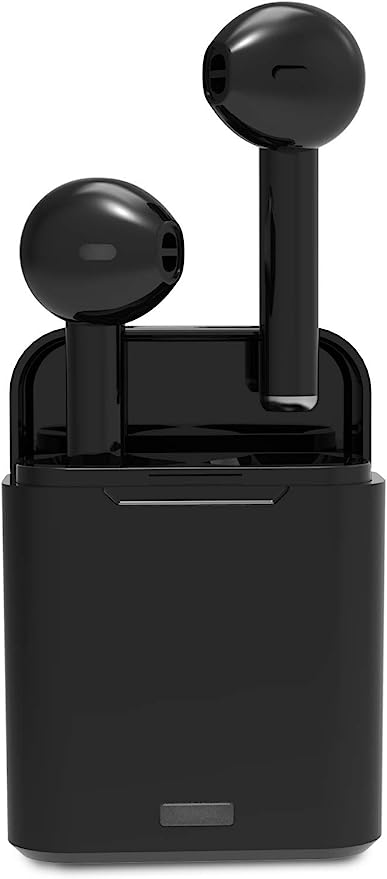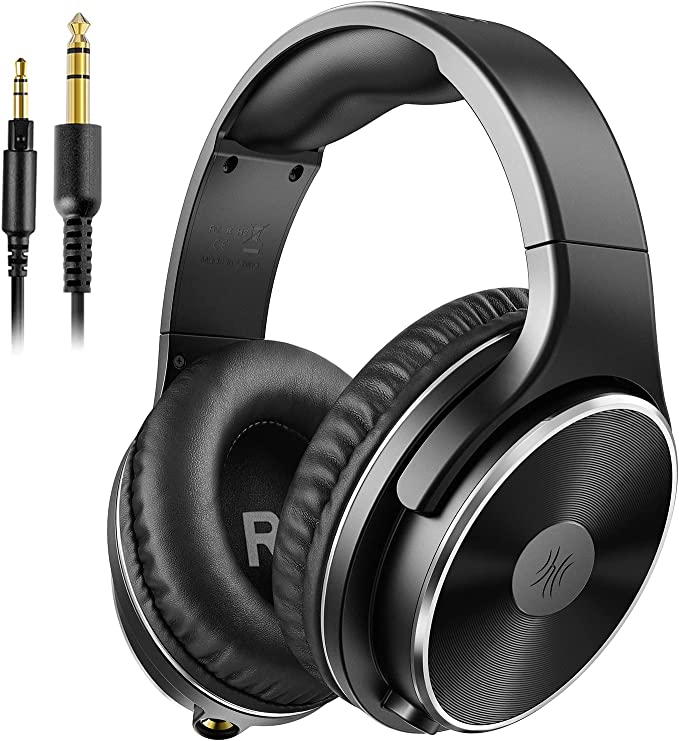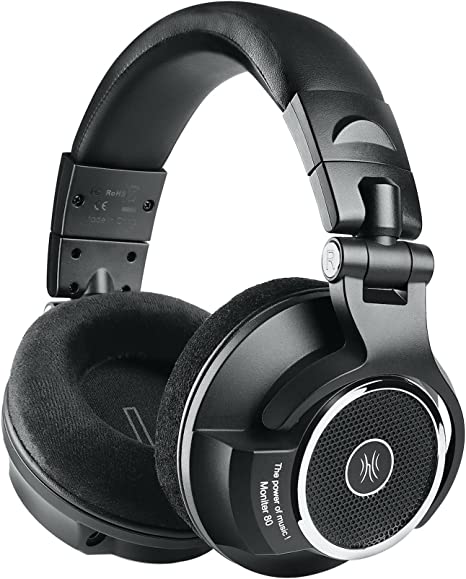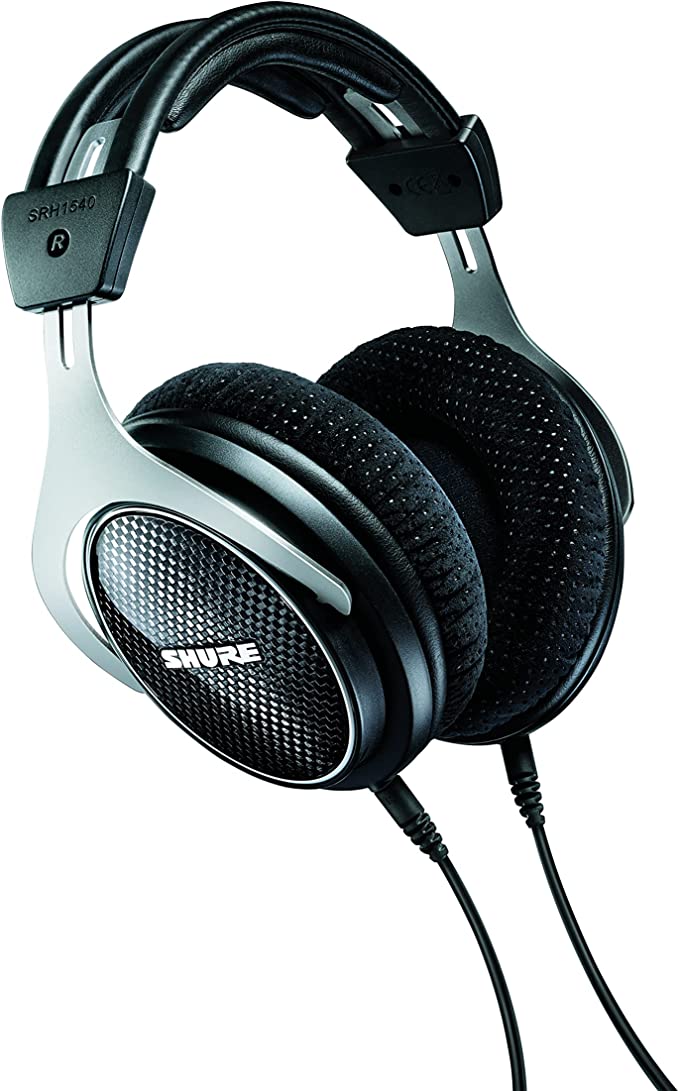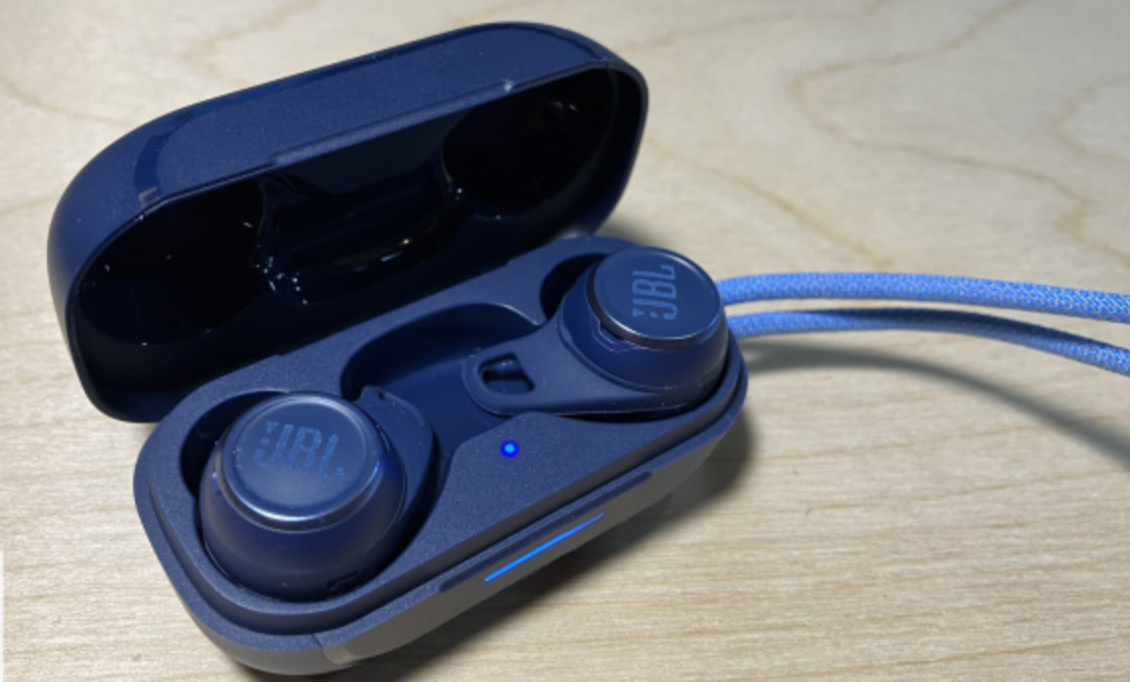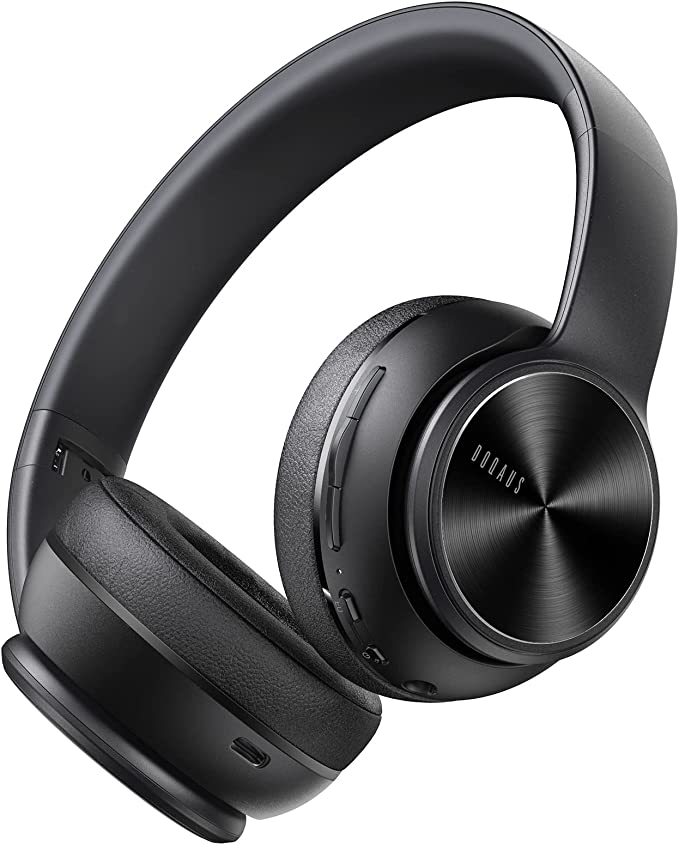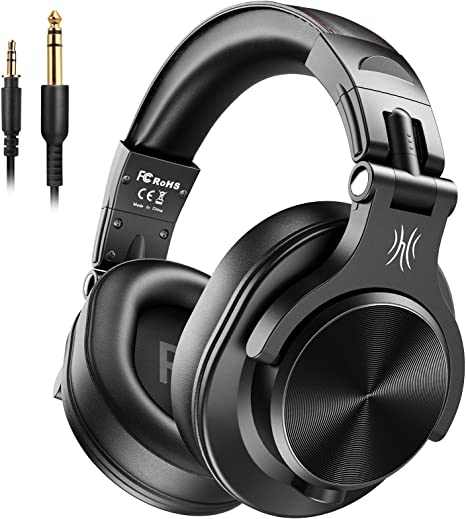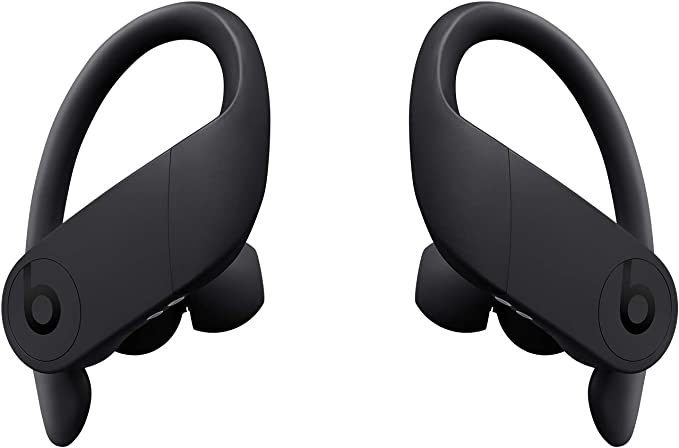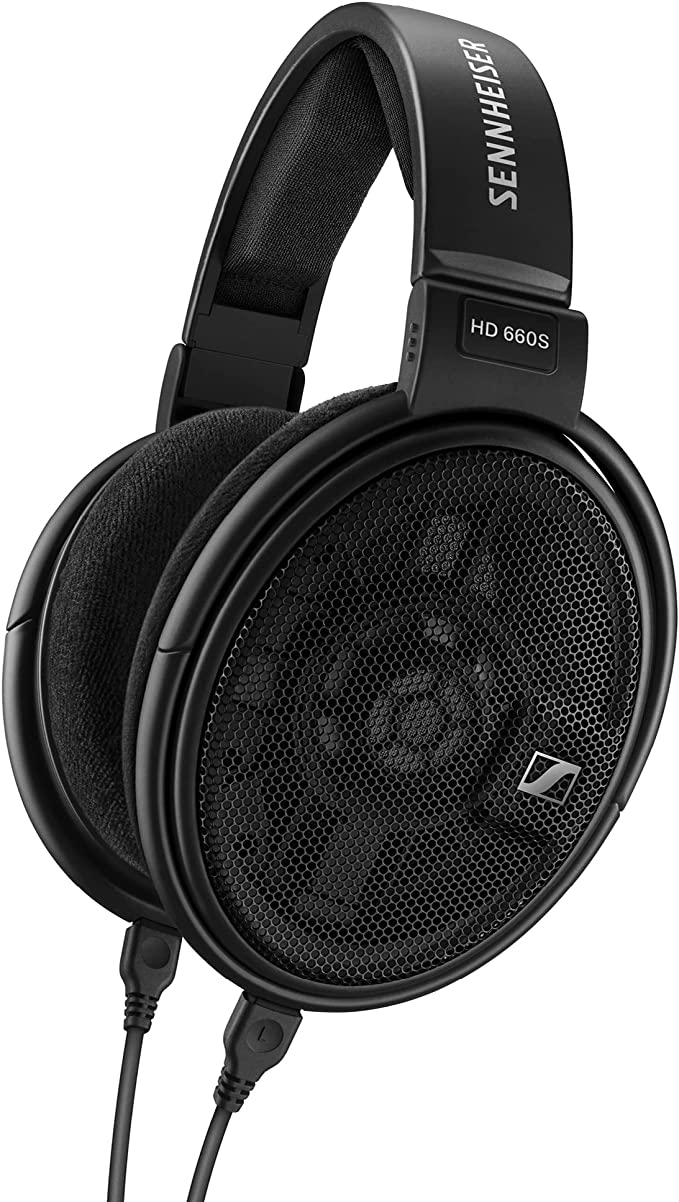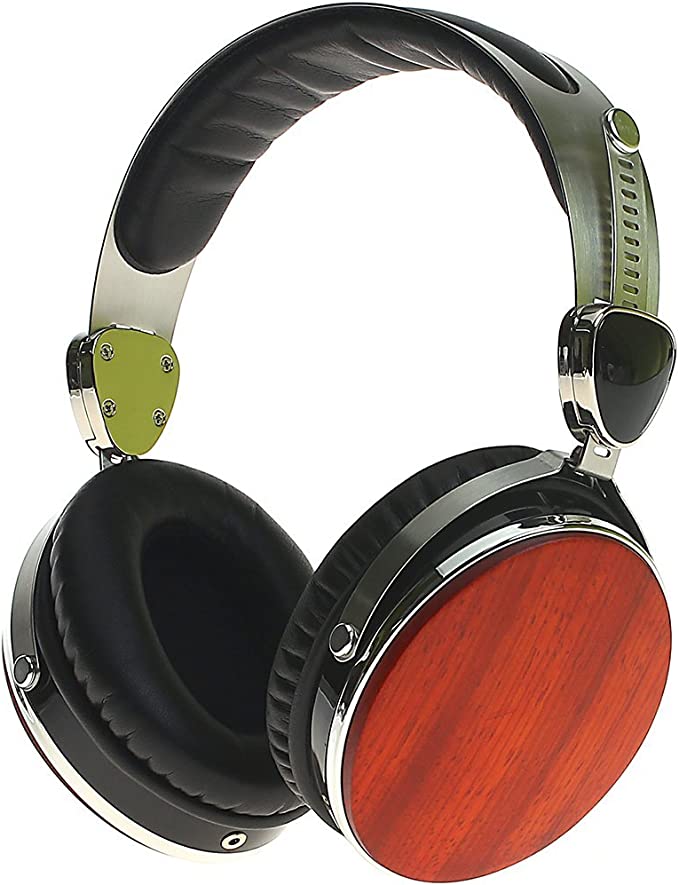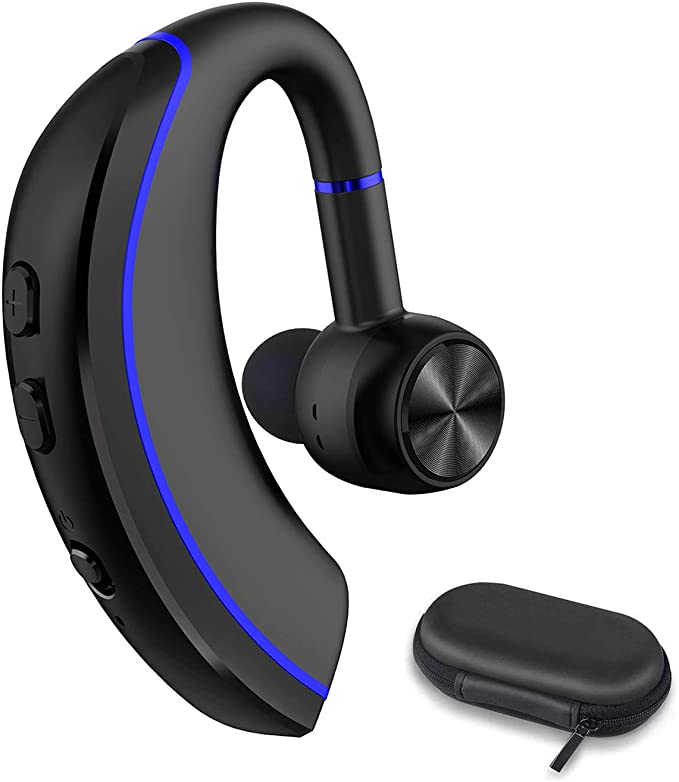Maeline A5X-PRO Bulk Classroom Student On Ear Headphones
Update on June 30, 2025, 1:08 p.m.
Step into a modern K-12 classroom. The air is no longer filled with the singular, authoritative voice of a teacher lecturing from a chalkboard. Instead, you’re met with a complex and layered soundscape. It’s a low, digital hum from a cart of charging Chromebooks, the faint clicking of dozens of small hands navigating touchscreens, and the collaborative murmur of students working in groups. One child is listening to a narrated history lesson, another is following coded instructions for a robotics project, and a third is taking a state-mandated standardized test online. In this symphony of distraction, individual focus has become the most precious and fragile commodity.
Our consumer culture has conditioned us to believe that the solution to any problem is more. More features, more connectivity, more power. We seek out headphones with active noise cancellation, multi-device pairing, and integrated voice assistants. But what if, in the demanding, high-entropy environment of a school, the path to a perfect tool isn’t through addition, but through a thoughtful, deliberate, and almost surgical act of subtraction? What if the genius lies not in what has been included, but in what has been bravely left out?

Anatomy of a Purpose-Built Tool
Consider, as a case study in this philosophy, a device like the Maeline A5X-PRO headphone. On paper, it seems almost defiantly basic. It lacks a microphone. It has no inline remote for volume or playback. It will not win any awards for earth-shattering bass. And in these very omissions, we find its brilliance. This is not a product designed to compete; it is a tool engineered to serve.
Its design begins with a surgical cut, removing the features most prone to failure. The absence of a microphone or remote isn’t a cost-saving measure; it’s an engineering decision born from hard-won experience. In a classroom, these components are the primary casualties. Buttons get jammed with a semester’s worth of grime, delicate microphone wires fray from being wound and unwound hundreds of times, and complex electronics surrender to the inevitable drops and knocks. By eliminating these fragile points of failure, the design radically extends the product’s lifespan. It acknowledges a fundamental truth of institutional equipment: longevity is the ultimate feature.
Then there is the anchor point—the humble 3.5mm plug. Unlike the sleek, straight plugs on most consumer electronics, this one is a stout, L-shaped right-angle connector. This isn’t an aesthetic choice; it’s a small, elegant lesson in physics. When a cord is inevitably snagged by a passing backpack or a shifting chair, a straight plug acts as a lever, concentrating immense stress on the weakest point: the solder joint inside the plug and the audio jack of the device itself. The L-shaped plug, however, redirects that force. Like a martial artist yielding to an opponent’s momentum, it causes the cord to pivot, dispersing the stress along its reinforced body. It is a simple, analog solution to a chaotic, physical problem, quietly saving schools thousands in repair and replacement costs.

The Science of Clear Thought
Beyond its physical resilience, the headphone is an instrument finely tuned for a single purpose: comprehension. The specified frequency range of 80-18,000 Hz is not intended to reproduce a concert hall. Instead, it’s a sonic filter, carefully shaped to capture the vital frequencies of the human voice. According to psychoacoustic principles, the critical information for speech intelligibility lies roughly between 300 Hz and 3,400 Hz. The A5X-PRO’s range comfortably brackets this, ensuring that spoken instruction is delivered with clarity, free from the muddying boom of excessive bass or the fatiguing hiss of artificial highs.

This directly impacts a student’s cognitive load. As explained by Cognitive Load Theory, our working memory is a finite resource. When audio is unclear, the brain must expend precious mental energy simply decoding the sounds, leaving less capacity for the actual task of understanding, processing, and retaining the information. By delivering a clean vocal signal, the headphone reduces this “extraneous load,” freeing the student’s mind to focus on learning. Its 32-Ohm impedance further supports this, ensuring it works efficiently with any low-power device a school might issue, from a tablet to a laptop, providing consistent, reliable performance without fuss.

The Human Interface
Ultimately, these design choices converge at the point of human contact. The lightweight, on-ear design with soft foam cushions is an exercise in ergonomic balance. It provides a degree of passive noise isolation—a gentle muting of the classroom’s ambient hum—creating a personal bubble of focus without completely detaching the student from their surroundings. One reviewer, a teacher using them in their own classroom, praised the “comfortable padding” that makes them “easier to wear for longer period of time,” a testament to a design that understands its user will be engaged in marathon sessions of testing or project work.

The adjustable headband does more than just fit different head sizes; it ensures the audio drivers are properly aligned with the ear canal, delivering the sound directly and effectively. It’s a tool that adapts to the child, not the other way around. It doesn’t pinch or squeeze; it simply rests, a reliable and unobtrusive conduit for knowledge.
In the end, the quiet genius of the classroom headphone is not found in a list of features, but in the profound understanding of its environment. It is a testament to the idea that the most elegant solution is rarely the most complex. It is a tool forged in the crucible of real-world constraints—of tight budgets, of restless children, of the relentless demands of daily use. In an age of digital excess, it stands as a quiet, durable, and profoundly effective reminder that sometimes, the most innovative act is to simply, and perfectly, get the job done.









